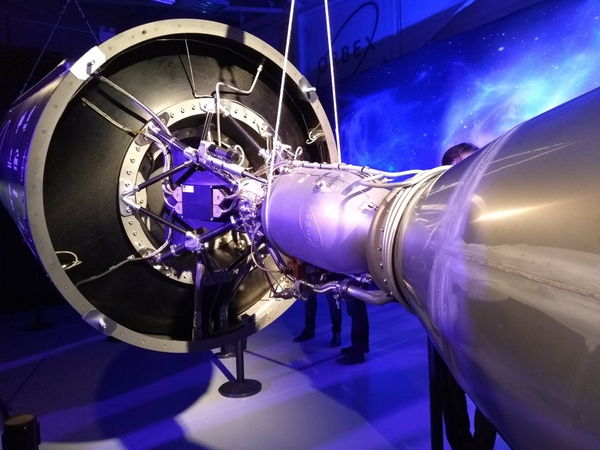Explaining the Future book launched at UCL

On Monday March 4th, Dr. Sunny Bains from the Department of Biochemical Engineering launched her new book Explaining the Future: How to Research, Analyze and Report on Emerging Technologies, published by Oxford University Press. The book – written for engineers, physical scientists, consultants, and investors – focuses on the how to determine and communicate the impact of new processes, systems, and devices.
The event itself was attended by more than 70 people from across London and the South East, including UCL staff and students, working engineers and consultants, tech journalists and editors, and academics from other universities.
According to Bains, one of the reasons she wrote the book was because she couldn’t find one to assign her students. Bains remarked, “there were lots of books writing reports on communication and a few on research,” she explained, “but I couldn’t find anything on how to figure out whether or not a technology was vapourware. By putting all three of these elements together in one short book, I realized I could make a real contribution.”
The book starts with a chapter on the questions to answer when thinking about whether a new technology is likely to succeed, followed by chapters on various different types of sources – from online journals to conferences to press releases – and how trustworthy they are likely to be. Chapter 4 focuses on analysis and provides a step-by-step process for working through applications and potential solutions.
The focus then shifts to communication, thinking through the audience, its motivation, and the level of explanation needed. In Chapter 6, Bains works through the technical argument, a simple formula that can be used for almost any applied science or engineering development, as well as other layers of structure like introductions and conclusions. The last chapter explains how to retain the audience’s trust by providing the right kind of evidence and signposts.
There is also a case study (related to neuromorphic engineering and machine intelligence) where Bains works through all the elements covered in the formal chapters of the book. She explains in detail how she approached the research process and then includes a final write-up at the end.
“It sounds like a lot,” says Bains, “but I recognise that technical people are both busy and smart. That meant I could say what I needed to without labouring the point, and so to keep the book to under 200 pages.”
Bains is a Principal Teaching Fellow and teaches hundreds of students across various engineering departments, chemistry, natural sciences, and BaSc. In particular, she has modules on Technical Journalism for students at all levels, where she teaches all of the skills covered in the book. Bains worked as a tech journalist for more than two years herself, writing for publications including The Economist, Science, Wired, EE Times, Laser Focus World, and many others.
According to Bains, she has learned a huge amount from teaching, “Knowing how to do something is one thing, but knowing how to teach it is something else. It’s taken me a long time to be able to incorporate all of the questions and feedback I’ve had from students over the years so that I can explain how to communicate in a simple and transparent way. I couldn’t have written this book without them.”
As well as teaching, Bains is the Editorial Director of Engineering Inspiration, a mostly-curated website that brings together the best technical news from around the web and tags it so that users can find what they’re looking for and customize it to their interests.






